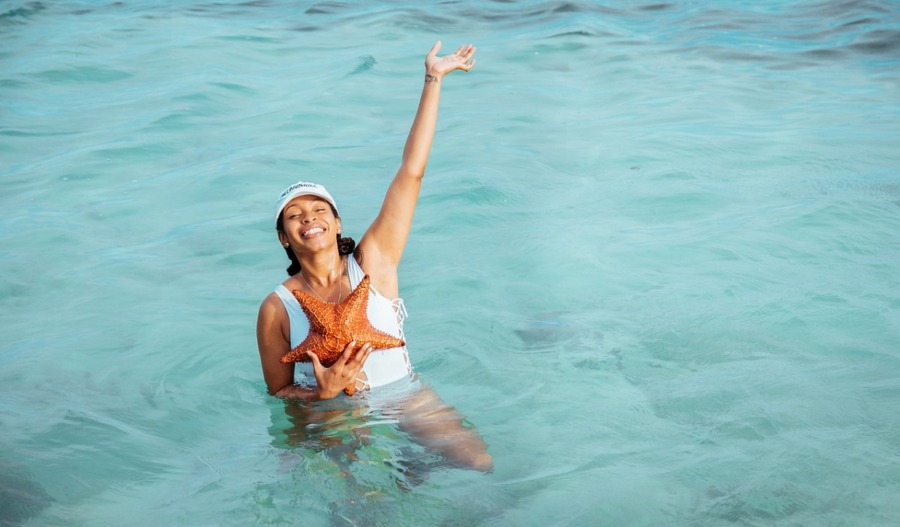Beach Boundaries: Exploring the Paradox of Limited Swimming Skills Among Tropical Islanders
- Naomi Dela Cruz
- Caribbean
- Culture
- D.O.C Supplements - Trending News
- June 1, 2023

Did you know that in some of the most breathtaking tropical islands, where crystal blue waters and pristine white sandy beaches abound, many locals cannot swim? It might seem counterintuitive at first, but there are several reasons behind this intriguing phenomenon. In this article, we delve into the fascinating world of tropical island communities and explore why swimming is not as prevalent as expected, shedding light on the influence of private ownership and resort-centric tourism.
One of the primary reasons why many individuals born and raised on tropical islands cannot swim stems from cultural factors. In some island communities, swimming might not be ingrained in the local culture as an essential skill or recreational activity. The focus might instead be on other livelihoods, such as fishing or agriculture. As a result, generations pass without the necessary emphasis on swimming education.
Paradoxically, while tropical islands are celebrated for their iconic beaches, many of these idyllic coastal areas are owned by private foreign companies as part of resort establishments. This privatization restricts public access to the beaches, making it challenging for locals to explore and enjoy these natural wonders freely. Consequently, the lack of accessibility reduces opportunities for islanders to learn how to swim or spend time on the beaches.
Tourism plays a significant role in the economy of many tropical islands. However, the development of all-inclusive resorts, catering primarily to international tourists, can further perpetuate the limited access to beaches. These resorts often have their own pools and swimming facilities, creating a situation where visitors need not venture out to the public beaches. Locals might find it economically unfeasible or socially awkward to visit these private resort beaches, creating a divide between the indigenous population and the coastlines.
In some cases, the lack of swimming skills among tropical islanders is rooted in economic constraints. Learning to swim and accessing swimming lessons or swimming facilities can be expensive. The cost of swimming classes, equipment, or even transportation to swimming pools away from the coastal areas might be prohibitive for individuals with limited financial resources. Consequently, the opportunity to learn and practice swimming becomes a luxury reserved for a privileged few.
While not applicable to all tropical islands, certain regions might face environmental challenges that discourage swimming. These include strong currents, dangerous marine life, or pollution. Such factors can heighten safety concerns, discouraging individuals from engaging in water-related activities, including swimming.
The surprising fact that many individuals born and raised on tropical islands cannot swim unveils the complex interplay of cultural, economic, and environmental factors. Limited public access to beaches due to private ownership and resort-centric tourism, coupled with economic constraints, contributes to this phenomenon. Understanding the reasons behind this issue is crucial in promoting inclusivity, beach conservation, and making swimming education accessible to all. By addressing these challenges, tropical island communities can harness the full potential of their coastal treasures, fostering a stronger connection between their inhabitants and the iconic beaches that define their home.








